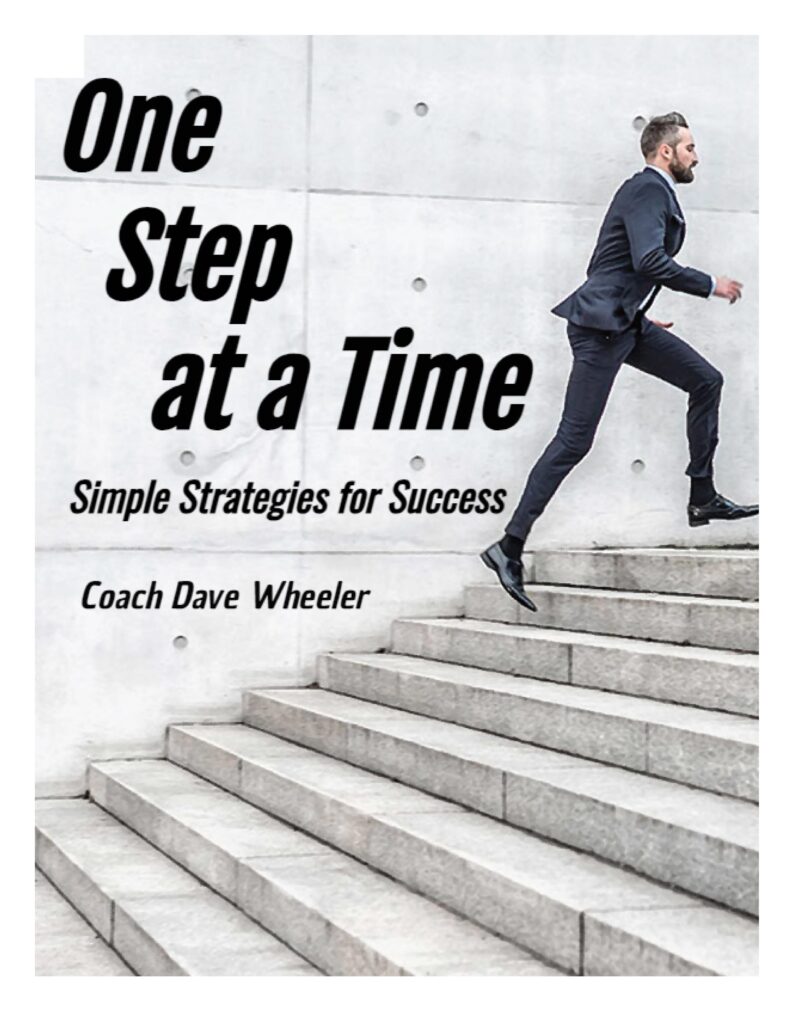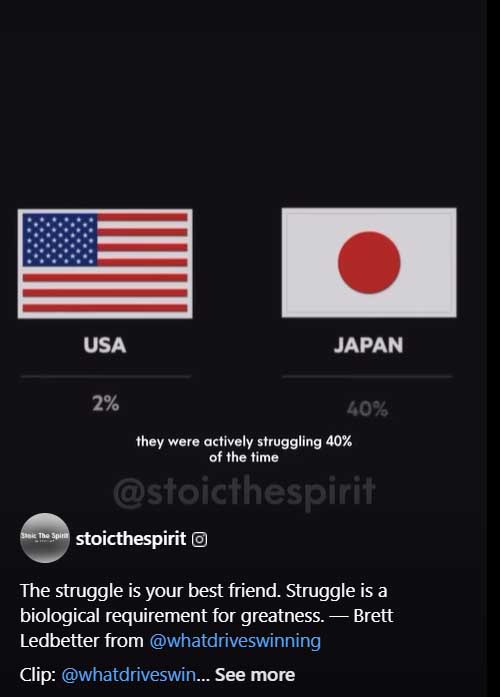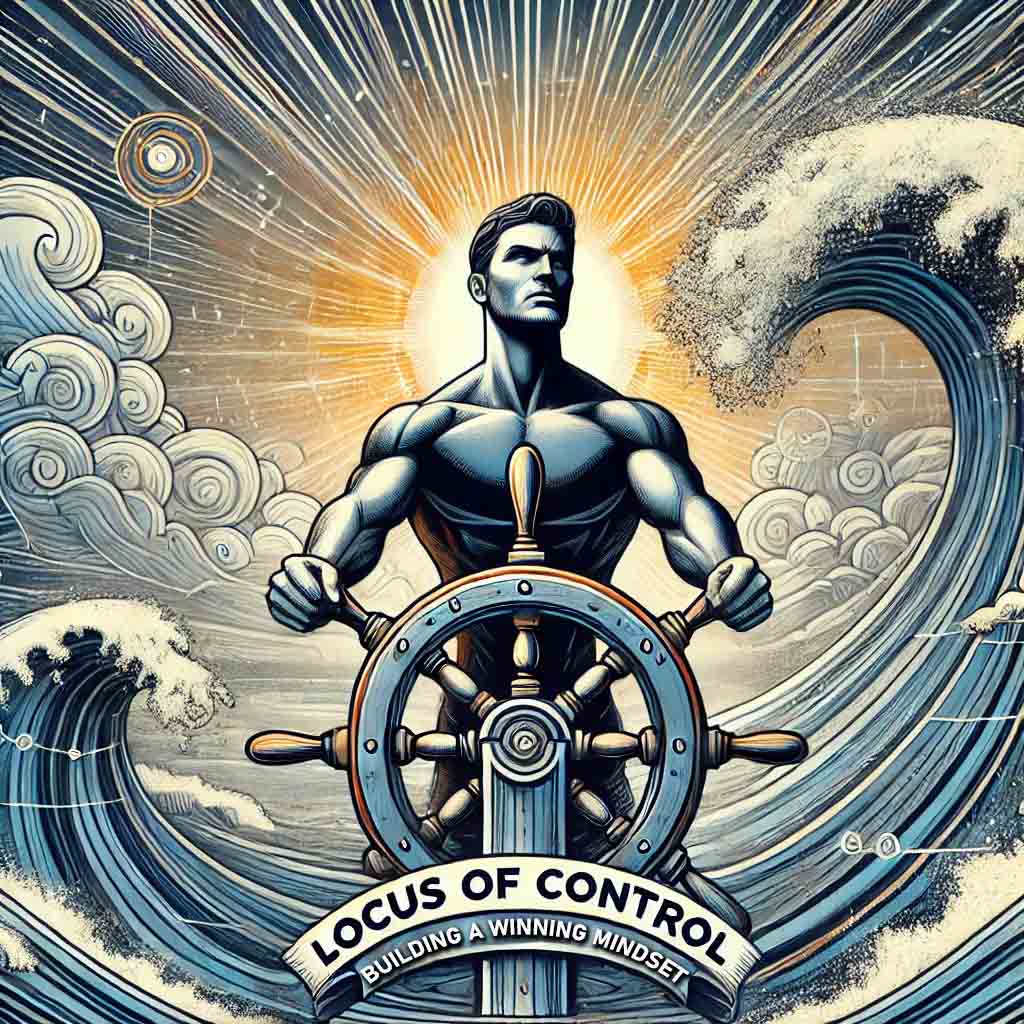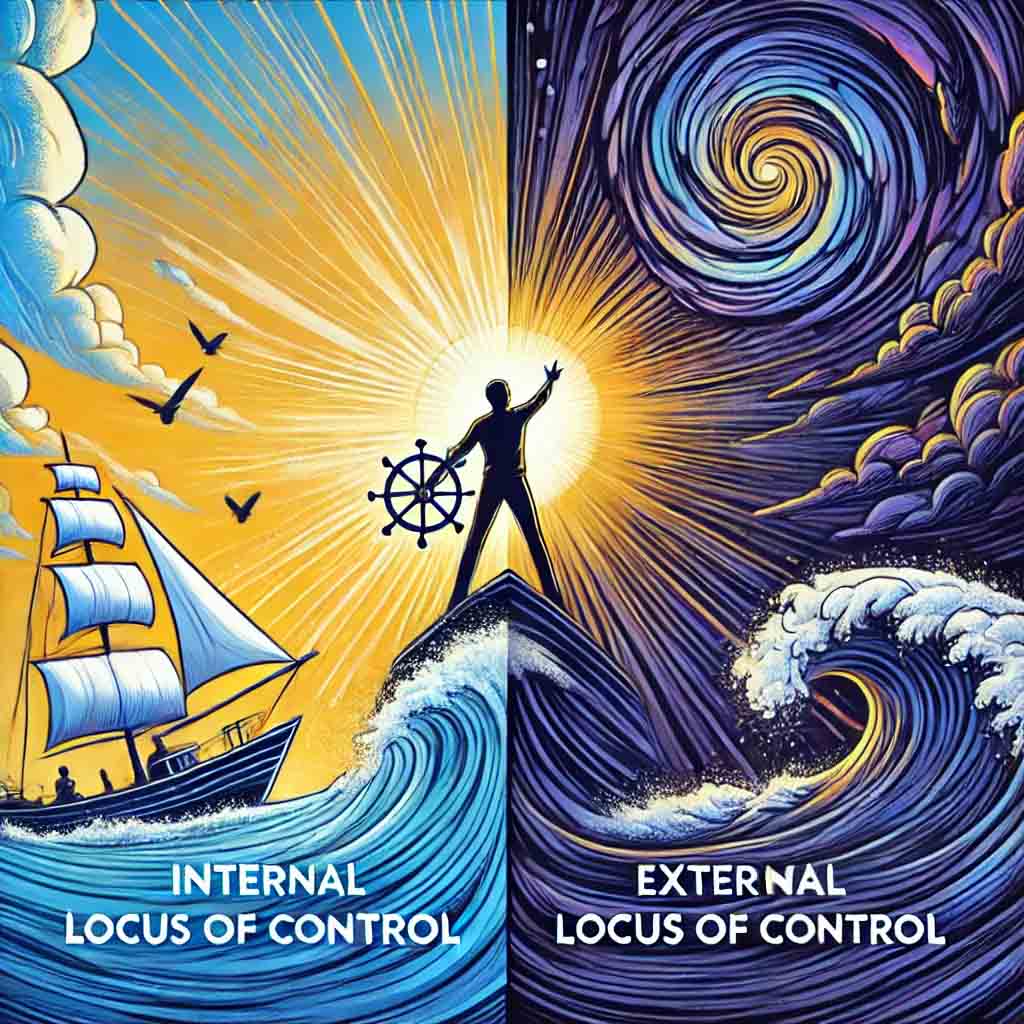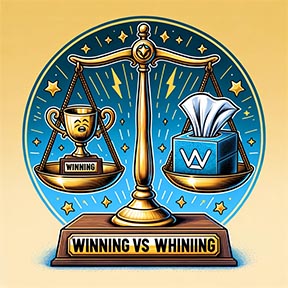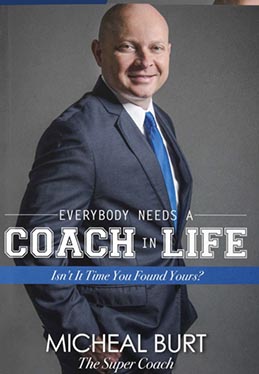
In basketball, defense is more than just reacting to what happens in front of you. Elite defenders seem to have a knack for knowing exactly where the ball is going before the offense makes a move. This ability to anticipate the offense’s next action and be one step ahead is a hallmark of great defense. Players who master this skill can disrupt the flow of the game, generate steals, and swing momentum in their team’s favor.
Developing anticipation skills, especially in man-to-man defense, requires more than just physical ability. It involves studying tendencies, understanding positioning, reading body language, and having a high basketball IQ. In this article, we’ll break down how to hone these anticipation skills so you can start predicting the future on the court. As a fun reference point, we’ll even look at how Wayne Gretzky’s famous approach of “skating to where the puck will be” translates to basketball.
1. Study Opponents and Game Film:
See the Game Before It Happens
Anticipation begins long before the game even starts. The best defenders put in the work to study their opponents’ tendencies, understanding not just individual habits but also how entire teams run their offensive sets. Just like Wayne Gretzky would skate to where the puck was going to be, basketball players can anticipate where the ball is going based on offensive patterns.
How to Apply It:
- Learn Tendencies: Every player has specific habits they rely on, especially under pressure. Do they prefer to drive to their right? Do they like pulling up for a jumper after one dribble? By studying your opponent’s go-to moves, you begin to develop a mental map of where they are likely to move with the ball in different situations.
- Analyze Offensive Plays: Team offenses have structure and patterns that often repeat themselves. By studying game film and observing how teams execute plays, you can begin to predict their next move. For example, if a team frequently runs a pick-and-roll and swings the ball to the weak side for a three-point shot, you can anticipate this pass and position yourself accordingly.
As Wayne Gretzky famously said, “I skate to where the puck is going to be, not where it has been.” In basketball, this means moving to where the ball will be, not where it currently is. By learning the tendencies of both players and offensive systems, you can get yourself into the right position to make a steal or disrupt the play.
Real-World Application:
Suppose you’re guarding a point guard who always passes to the corner after using a screen in a pick-and-roll situation. After studying their film, you notice this happens repeatedly. During the game, you anticipate the pass before it’s even made, sliding into the passing lane and intercepting the ball. You’ve effectively “skated to where the puck will be,” positioning yourself to capitalize on a predictable pattern.
2. Positioning and Footwork:
Be Where You Need to Be
Anticipation isn’t just a mental game—it requires precise physical positioning. If you’re not in the right spot, even perfect anticipation won’t result in a steal or defensive stop. Proper footwork and positioning are foundational to man-to-man defense, and they give you the physical tools to act on your reads.
How to Apply It:
- Stay in a Defensive Stance: Maintaining a low, balanced defensive stance allows you to move quickly in any direction. By staying low, with your knees bent and your weight on the balls of your feet, you can react faster to any movement by the offense.
- Cut Off Driving Angles: Anticipate the offensive player’s preferred direction and position your body to force them into uncomfortable situations. If you know they favor driving right, position yourself to cut off that lane and force them to go left, where they might be less effective. By cutting off options, you can funnel them into traps or force a bad pass.
- The “Monkey in the Middle” Principle: As a defender, your goal is to either be close enough to the ball handler to disrupt their dribble or, if you’re anticipating a pass, closer to the receiver. Think about how “Monkey in the Middle” works—if you’re stuck directly between the passer and receiver, it’s easy for them to pass over you. Instead, position yourself closer to the ball or the receiver so that the pass is more difficult and potentially easier to intercept. The closer you are to the intended action, the higher your chances of making a play.
Real-World Application:
Let’s say the offense is running a simple pick-and-roll. As a defender on the wing, you can anticipate that the ball-handler will pass to the roll man or kick it out to the corner shooter. By using proper positioning and staying low, you can move to the passing lane and intercept the pass before the offense can get a shot off. You’re positioning yourself based on the likely next move, not just reacting to the current play.
3. Read Body Language and Ball Position: Eyes and Hands Tell the Story
One of the most important parts of anticipation is learning how to read the body language of the offensive player. Skilled defenders can pick up on subtle clues, such as where the ball is held, the position of the player’s eyes, or the angle of their shoulders, to predict what’s going to happen next.
How to Apply It:
- Watch the Eyes and Shoulders: Offensive players often give away their intentions with their eyes and shoulders. A quick glance to a teammate can signal an impending pass, while a dropped shoulder often indicates an attempt to drive. By focusing on these cues, you can get ahead of the play and put yourself in a position to contest the drive or steal the ball.
- Pay Attention to Ball Position: The position of the ball in the player’s hands is one of the best indicators of their next move:
- If the ball is held low and to the side (usually on their strong hand), they are likely preparing to dribble or drive in that direction.
- If the ball is held overhead, the player is likely preparing to make a pass or take a shot.
- When dribbling, if the ball is being controlled on the right side, anticipate that they may either pass or drive to their right. Similarly, if they are controlling the ball on the left, be ready for a move or pass in that direction.
- If the ball is held low and to the side (usually on their strong hand), they are likely preparing to dribble or drive in that direction.
By recognizing these subtle body language and ball-handling cues, you can anticipate the offensive player’s next move before they even make it.
Real-World Application:
Imagine you’re guarding a wing player who has the ball on their right side and is scanning the court. Based on where they’re holding the ball and where they’re looking, you anticipate that they’ll try to drive baseline. You adjust your positioning, cut off the baseline, and force them into a turnover or a bad shot. You’ve effectively predicted the future based on reading their ball position and body language.
4. Court Awareness and Basketball IQ:
See the Whole Floor
Great anticipation doesn’t stop with your man—it extends to understanding the bigger picture on the court. Elite defenders know how to recognize offensive spacing, player movement, and likely passing options. Court awareness allows you to anticipate where players will move and where the ball will go next.
How to Apply It:
- Recognize Offensive Spacing: Offensive teams use specific spacing to open up passing lanes, create driving lanes, or generate open shots. By recognizing how players are positioned on the court, you can anticipate the likely play. For instance, if a team is spaced out with shooters on the wings, expect skip passes and quick ball reversals. If they’re bunched up, be ready for a drive or an inside pass.
- Know the Opposing Team’s Plays and Press Breaks: Once you’ve seen an opponent’s set plays or press breaks, you can anticipate where the players will move. Teams often fall into predictable patterns, especially when they’re under pressure. If you know that a team’s press break always involves a pass to the middle of the court, you can anticipate and jump the passing lane for a steal. By being aware of these “automatic” passes, you can force turnovers and disrupt the offense’s rhythm.
Real-World Application:
Let’s say the opposing team has a play where they run a high screen for their point guard, and then swing the ball to the corner for a three-pointer. After recognizing this pattern, you can start to anticipate the pass to the corner and get into position early to contest the shot or intercept the pass. Similarly, if you’ve seen their press break before, you know which players are likely to receive the ball and can position yourself to create a turnover.
5. Active Hands and Deflections:
Disrupt, Deflect, Steal
Active hands are a critical component of anticipation. Even if you don’t always get the steal, deflecting a pass or disrupting the dribble can throw off the offense and lead to turnovers.
How to Apply It:
- Get in the Passing Lanes: When you anticipate a pass, use your hands to make it more difficult for the offense to complete it. By staying active and positioning yourself between the passer and receiver, you can deflect the ball or force a bad pass.
- Poke the Ball Free: Even if you’re not directly in position to make a steal, using your hands to poke at the ball or disrupt a dribble can force a mistake. This could lead to a teammate securing the ball or create a turnover.
Real-World Application:
Suppose you see the point guard about to pass to the wing. You position yourself in the passing lane, keeping your hands up and ready to intercept or deflect the ball. Your active hands not only disrupt the offense’s rhythm but also create a fast-break opportunity for your team.
6. Improve Reaction Time:
“Be Quick, Don’t Hurry“
Anticipation is only as good as your ability to act on it. You can predict where the ball is going, but if you can’t react quickly enough, the offense will still have the advantage. This is where the famous John Wooden quote, “Be quick, but don’t hurry,” comes into play. You want to react swiftly without sacrificing control. Quick reactions paired with smart decisions are the ultimate combination for effective defense.
How to Apply It:
- Agility Drills: Work on your lateral quickness through drills that emphasize speed, change of direction, and explosiveness. Ladder drills, cone drills, and defensive slide drills will help you develop the foot speed needed to keep up with offensive players.
- Reaction Time Drills: To hone your ability to react quickly to stimuli, incorporate drills that force you to respond to unexpected situations. One effective drill is having a coach or teammate hold up different numbers or colors, prompting you to make a decision about which direction to slide or move. Another option is to react to quick passes or movements from a coach simulating a ball-handler, sharpening your ability to respond in real time.
The essence of “Be quick, don’t hurry” is balancing speed with control. It’s about making fast decisions without rushing or losing your composure. Elite defenders understand this balance and use it to react efficiently, putting themselves in the right position without overcommitting or losing control of their movements.
Real-World Application:
If you’re anticipating a skip pass, your goal is to quickly jump into the passing lane. However, if you rush and overcommit, the offensive player might fake the pass or make a different move, leaving you out of position. Instead, focus on reacting quickly while staying balanced and under control, allowing you to adjust if the offense changes its action. You’re being quick without hurrying, maintaining the upper hand on defense.
7. Anticipation in Transition:
Predict the Next Pass
One of the most effective places to anticipate a steal is during an offensive transition or fast break. When players are moving quickly up the court, they are more likely to make rushed or predictable passes. This is a prime opportunity to read the offense, position yourself, and intercept a sloppy or “automatic” pass.
How to Apply It:
- Position Yourself for the Interception: In transition, offensive players are often looking for the quickest path to the basket. They’re less likely to make complex passes and more likely to hit the open man with a simple pass. As a defender, you can anticipate where the ball is likely to go and position yourself for the interception. For example, if you’re trailing the play, you can look for an opportunity to jump a passing lane when the ball-handler swings the ball to a wing player.
- Observe Player Movement: In transition, players tend to run in predictable patterns—either filling lanes for a fast break or trying to position themselves for an open shot. By anticipating these movements, you can better predict where the next pass will go. Once you’ve seen an opponent’s fast-break setup a few times, it becomes easier to anticipate their passing options and pick off a pass in the open court.
Real-World Application:
Suppose the opposing team is running a fast break, and you notice that their point guard always passes ahead to the player filling the lane on the right side. By recognizing this pattern, you can cheat toward the passing lane and be ready to pick off the pass. With your anticipation, you turn a defensive situation into a fast-break opportunity for your team.
The Future is NOW…
Developing anticipation skills in basketball is about much more than reacting to what’s happening in front of you. It’s about studying your opponents, understanding offensive patterns, reading body language and ball position, and reacting with speed and control. As Wayne Gretzky would say, you need to “skate to where the puck will be,” meaning that you should position yourself where the ball is going to go, not where it currently is.
Mastering anticipation involves:
- Studying your opponent’s tendencies and team plays through game film.
- Positioning yourself correctly to cut off driving lanes and intercept passes.
- Reading body language and where the ball is held to predict the offensive player’s next move.
- Using court awareness to recognize offensive spacing and player movement, especially after seeing their press break or set plays.
- Staying active with your hands to deflect passes and disrupt the ball-handler.
- Improving your reaction time through agility and decision-making drills, ensuring you can capitalize on what you anticipate.
By applying these principles and training them consistently, you’ll be able to predict the offense’s moves, generate steals, and create opportunities for your team. The ability to anticipate isn’t about luck—it’s a skill that can be developed and refined with the right mindset and dedication. So start putting in the work, stay mentally engaged, and begin “skating to where the ball will be” on every defensive possession.
Looking for more about Anticipation Skills? Check out this article by Coach Wheeler from last year. It has additional resources and a few more ideas for you to consider. Click here.



